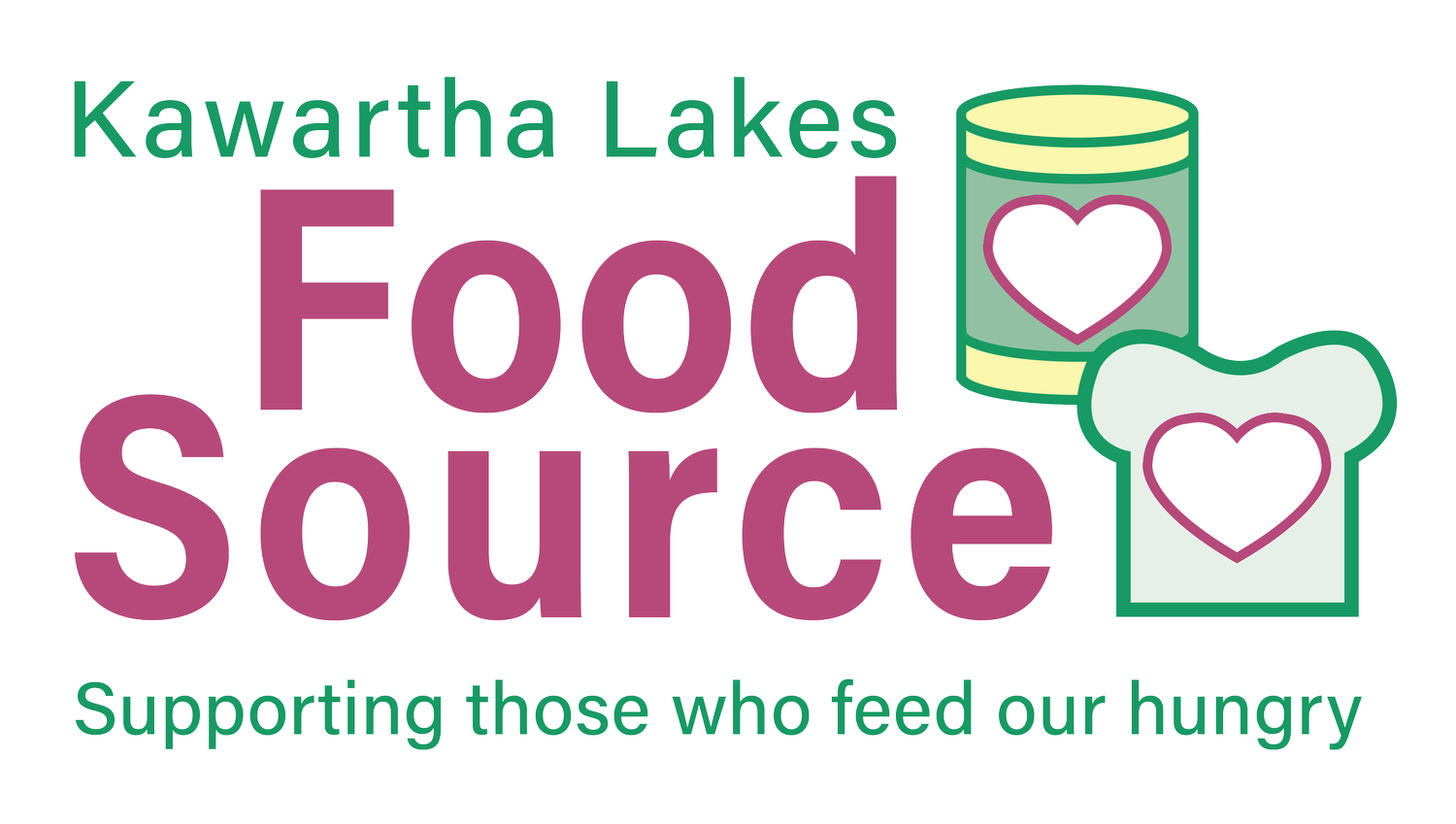KLFS RESPONDS TO FOOD BANKS CANADA’S HUNGER COUNT 2019 REPORT
On November 12th, 2019 Food Banks Canada released their annual Hunger Count Report – Food Banks Canada’s signature report documenting food bank usage in Canada. It is a cross-sectional, census survey of most food bank agencies, organizations and programs, within and outside of the Food Banks Canada Network, of which the Kawartha Lakes Food Source local food banks are a part of.
The results of this year’s report carries both encouraging and concerning updates (although, the encouraging findings also carry with them some discouraging caveats).
The good news? The percentage of children accessing food banks is declining. However, children are still far over represented compared to the general population. Children under 18 represent 34.1% of the food bank population, but only make up 19.4% of Canada’s general population. In the Kawartha Lakes, Children under 18 represent 31% of the food bank population, but only make up approximately 18% of our general population.
Another positive note is that food bank use has stabilized, with the number of visits in 2019 approximately the same as those in 2018. That being said, food bank visits over this year and the previous one are at the same level as they were in 2010, when food banks nation wide began to feel the full impacts of the 2008 recession.
One of the most concerning findings of the hunger count is the record high rate of food bank usage by single person households – in particular, this stat is being driven by people with disabilities and seniors who are on fixed incomes and face additional challenges to finding and maintaining employment. Since 2016, the rate of increase of those ages 65 and older has been a staggering 29.82%. In comparison, the rate of increase for those aged 31-44 was the second highest, at just 3.30%.
Another concerning finding is the increased pressure of rental costs, and its growing affect on smaller towns and rural areas. It is generally recommended that households pay no more than 30% of their income on rent, but those in the lowest income group are paying well over 50% on the cost of rent and utilities, leaving them to make difficult decisions between food and shelter.
The Kawartha Lakes Food Source stands with the following recommendations made by Food Banks Canada. First, develop a National Strategy on Early Learning and Childcare with tangible targets and goals. Secondly, make single, low-income adults a priority consideration for all future poverty reduction policy measures. Third, immediately implement the Canada housing benefit so that Canadians struggling to afford their rent can access this important rental support while the rest of the National Housing Strategy takes effect. Fourth, develop pilot projects towards a basic income for all Canadians. Lastly, create a new program to support ill and unemployed Canadians whose temporary employment insurance or disability benefits are about to run out, as well as develop new mental health measures.
It has been a tough year for many who struggle with hunger, particularly in the Kawartha Lakes with the cancellation of the basic income pilot project, and we are fearful of what is ahead. However, communities like ours can grow stronger as we solve the challenges we face. To reduce poverty and hunger at home, and across the country, we need a combination of a strong economy and smart social policy.
The Kawartha Lakes Food Source is a proud member of the Kawartha Lakes Food Coalition and the City of Kawartha Lakes-Haliburton Poverty Reduction Roundtable.
Written By: Jessica Topfer, KLFS staff.

